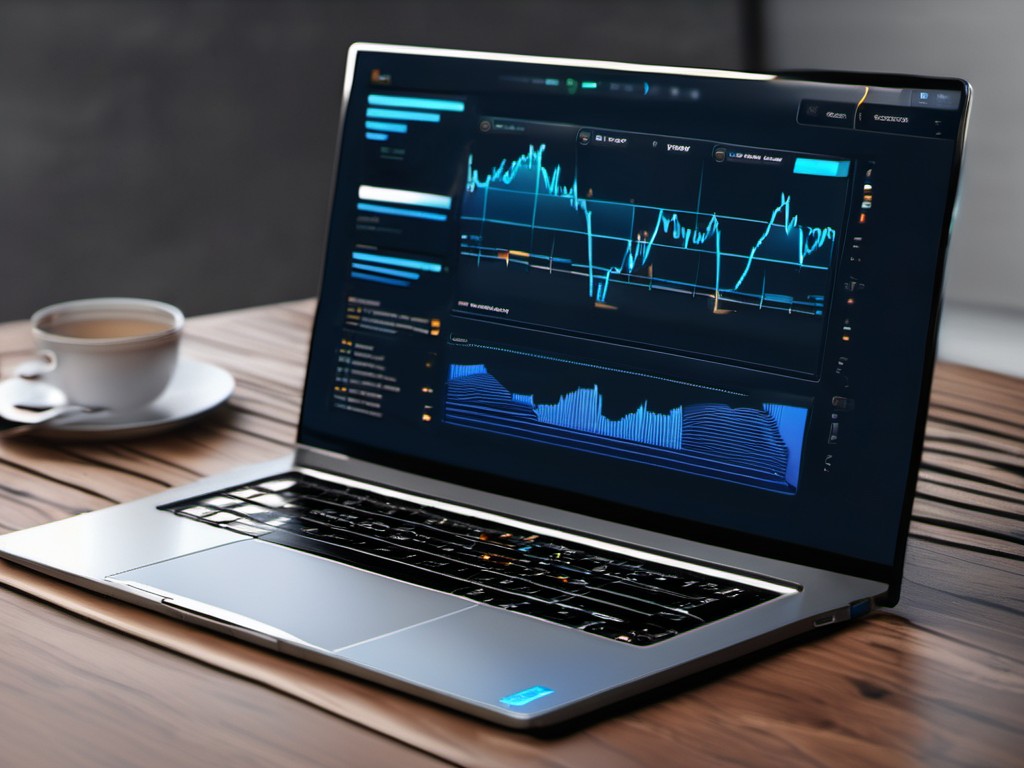· Charlotte Will · 5 min read
How to Choose the Right Proxy Server for Amazon Scraping
Learn how to choose the right proxy server for Amazon scraping. Discover types of proxies, key features to look for, and common mistakes to avoid. Enhance your web scraping efficiency and maintain anonymity with our comprehensive guide.

In the fast-paced world of e-commerce, data is king. For businesses looking to stay ahead of the curve, web scraping has become an invaluable tool. But when it comes to scraping data from behemoths like Amazon, you need more than just a good scraper—you need a reliable proxy server. So how do you choose the right one? Let’s dive into everything you need to know about selecting the best proxy servers for Amazon scraping.
Understanding Proxy Servers for Amazon Scraping
What is a Proxy Server?
A proxy server acts as an intermediary between your computer and the internet. When you send a request through a proxy, it hides your IP address, making it appear as if the request comes from the proxy’s IP instead of yours. This can help bypass geographical restrictions and enhance privacy.
Why Use Proxies for Amazon Scraping?
Amazon has strict anti-scraping measures in place to protect its data. Without a proxy, your IP address could get blocked after just a few requests. Using proxies helps you distribute requests across multiple IPs, reducing the risk of getting banned and allowing you to scrape more efficiently.
Types of Proxies Suitable for Amazon Scraping
Datacenter Proxies
Datacenter proxies are hosted on servers in data centers. They are fast and cheap but can be easily detected as non-residential IPs, which might lead to bans from Amazon.
Residential Proxies
Residential proxies use real IP addresses assigned by Internet Service Providers (ISPs) to homeowners. These are harder to detect and less likely to get banned. However, they are more expensive and slower than datacenter proxies.
Rotating Proxies
Rotating proxies switch IP addresses automatically after a set number of requests or time interval. This helps maintain anonymity and reduce the risk of getting blocked. They can be either residential or datacenter based.
Key Features to Look For in a Proxy Server
Speed and Reliability
For effective web scraping, you need high-speed proxies with minimal downtime. Look for providers that offer fast connection speeds and 99% uptime guarantees.
IP Pool Size
The larger the proxy pool, the less likely you are to run into issues like IP blocking or bans. Aim for providers with a vast IP pool covering multiple locations.
Anonymity Level
Elite proxies offer the highest level of anonymity as they hide your identity completely. Make sure to choose elite or anonymous proxies for maximum protection.
Compatibility and Integration
Your proxy should be compatible with popular web scraping tools and support various protocols like HTTP, HTTPS, and SOCKS5. Easy integration with existing systems is a big plus.
Customer Support
Reliable customer support can make all the difference when you run into issues or need assistance. Look for providers that offer 24/7 support via live chat, email, or phone.
How to Test and Select the Best Proxy Service
Free Trials
Most reputable proxy services offer free trials or money-back guarantees. Take advantage of these offers to test the proxies before committing to a long-term plan.
Performance Tests
Use tools like ping tests and speed tests to measure the performance of your proxies. Ensure they meet your speed requirements and have low latency.
Real-World Scraping
Perform real-world scraping tasks using the proxies to see how well they handle Amazon’s anti-scraping measures. Monitor for bans or blocks during testing.
Reviews and Ratings
Check online reviews and ratings from other users. Websites like Trustpilot and G2 can provide insights into a proxy provider’s reliability and customer satisfaction levels.
Common Mistakes to Avoid When Choosing Amazon Scraping Proxies
Ignoring Free Proxies
Free proxies are tempting but often come with serious downsides like slow speeds, frequent bans, and security risks. Invest in a reliable paid proxy service for better performance.
Overlooking Geo-Location
Amazon restricts access based on geographic location. Make sure your proxies are located in regions where Amazon operates to avoid getting blocked.
Neglecting Rotation Features
Rotating proxies can significantly reduce the risk of detection and blocking. Opt for providers that offer automatic IP rotation features.
FAQ Section
What are the legal considerations of using proxies for Amazon scraping?
Using proxies to scrape data from Amazon is generally legal, but it’s essential to comply with Amazon’s terms of service and respect privacy laws. Ensure you have permission to scrape specific data and use it responsibly.
How do I configure my proxy server for optimal performance?
Configure your proxy settings within your scraping tool to match the provider’s requirements. Use a rotating pool of proxies, set reasonable request intervals, and adjust user-agent strings to mimic real users.
Can I use free proxies for Amazon scraping?
While technically possible, using free proxies is not recommended due to their low reliability and high risk of getting blocked by Amazon. Invest in a paid proxy service for better performance and security.
What are the best practices for maintaining anonymity while scraping Amazon?
Use elite or anonymous proxies, rotate IP addresses frequently, avoid sending too many requests from a single IP, and configure your user-agent strings to mimic real users. Also, consider using headless browsers to emulate human behavior more effectively.
How often should I refresh my proxy list?
The frequency depends on the number of requests you send and Amazon’s detection measures. As a general rule, refresh your proxy list daily or even multiple times a day for large-scale scraping operations. This helps maintain anonymity and reduces the risk of getting blocked.




